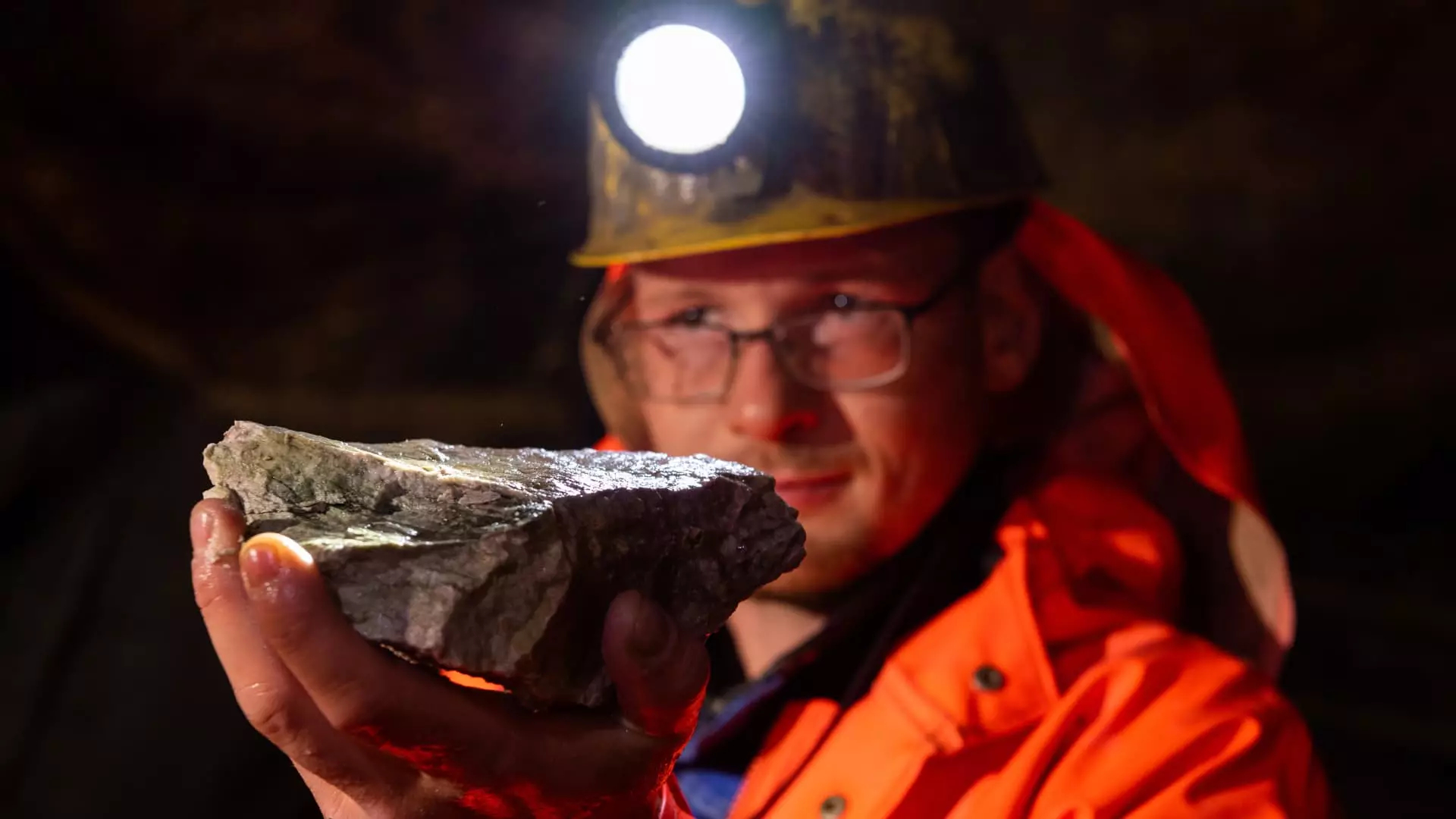Tungsten is a metal with a wide range of applications, from weapons and autos to electric car batteries and semiconductors. China dominates the supply chain for many critical minerals, including tungsten. The country’s control over this metal has raised concerns about the vulnerability of supply chains that rely heavily on Chinese production. Although China has not imposed sweeping restrictions on tungsten, it holds significant power in the market. Companies like Taiwan Semiconductor Manufacturing Company and Nvidia use tungsten, making it a crucial material for various industries.
In response to China’s dominance, the Biden administration raised tariffs on tungsten imports in May. However, these tariffs were viewed more as a warning shot than a comprehensive strategy. China did not retaliate to the new tariffs, indicating that it was not overly concerned about the move. The Chinese government’s decision to ignore the tariffs reflects its desire to avoid escalating tensions with the U.S. Lewis Black, CEO of Almonty Industries, believes that excessive belligerence in diversification efforts could harm economic relationships between countries.
Despite China’s stronghold on tungsten production, there are growing efforts to diversify the supply chain. Almonty Industries, for example, is investing in a tungsten mine in South Korea that has the potential to produce a significant portion of the world’s tungsten supply outside of China. The U.S. and European countries are implementing policies to reduce their dependence on Chinese tungsten. The U.S. REEShore Act and the European Commission’s tariffs on Chinese tungsten carbide are examples of initiatives aimed at promoting a more diversified supply chain.
The increasing demand for tungsten and limited supplies have pushed prices to multi-year highs. However, uncertainties remain regarding the future of tungsten supply. The U.S. Bureau of Industry and Security has not provided a clear outlook on the domestic tungsten production. The U.S. only has a few companies with the capacity to produce tungsten, and the country has not produced tungsten domestically since 2015. This reliance on overseas supply poses challenges for ensuring a stable tungsten supply chain in the U.S.
Efforts to produce tungsten outside of China have faced challenges for years. Projects such as the mine in New Brunswick, Canada, have struggled to come to fruition despite promising to increase global tungsten capacity. Some companies are looking at opportunities in South Korea, where investments in tungsten production facilities are being made. IMC Endmill, an affiliate of Warren Buffett’s IMC Group, has signed agreements for significant investments in tungsten manufacturing in South Korea. These initiatives suggest a growing interest in diversifying tungsten production away from China.
The global tungsten market is facing a complex landscape dominated by China’s control over the supply chain. While efforts are being made to diversify away from Chinese tungsten, challenges remain in establishing a stable and diversified supply chain. The Biden administration’s tariffs on tungsten imports signal a growing awareness of the vulnerabilities associated with relying on a single supplier. As demand for tungsten continues to rise, exploring opportunities outside of China will be crucial for ensuring a stable and sustainable tungsten supply chain globally.

